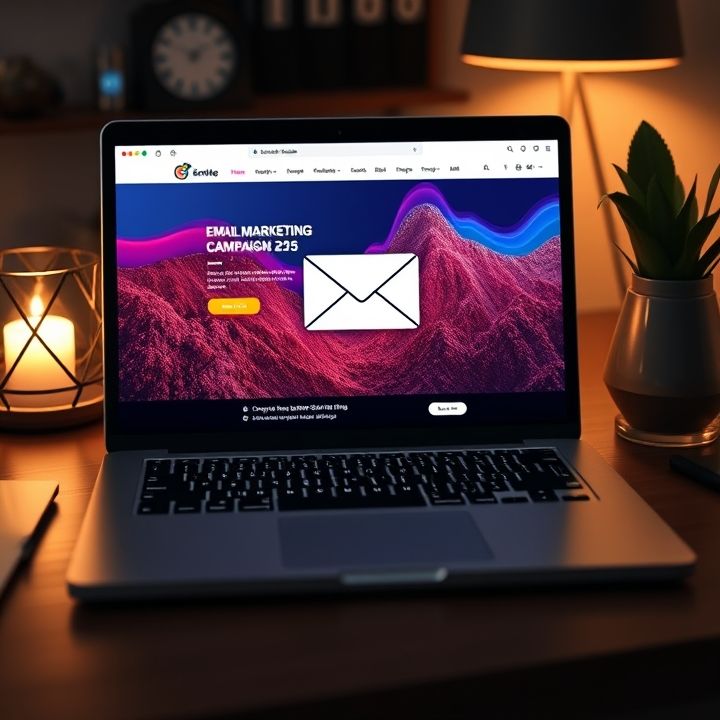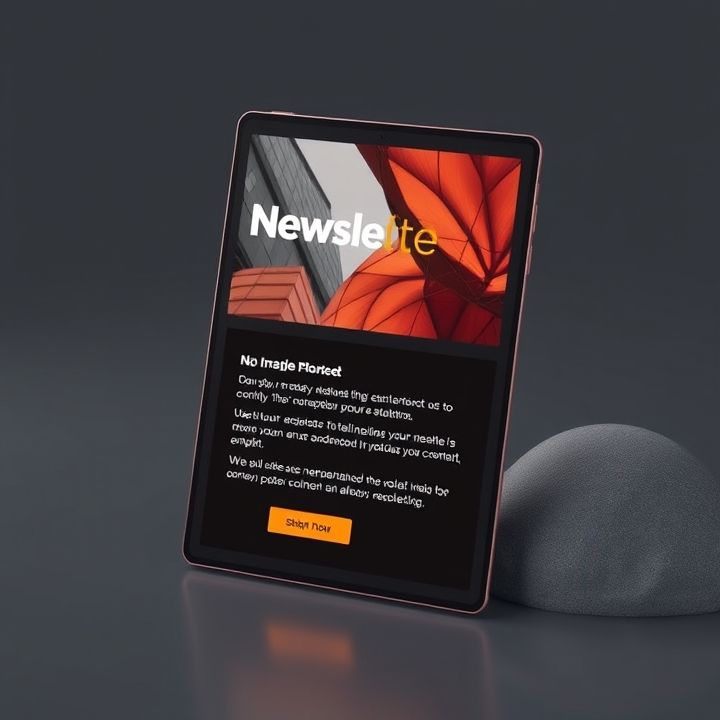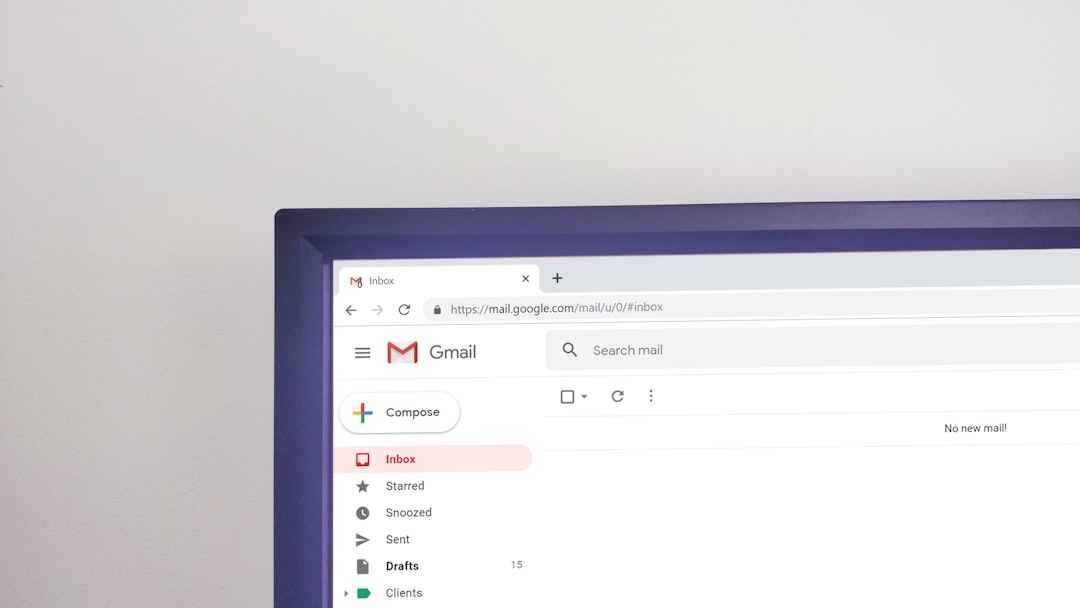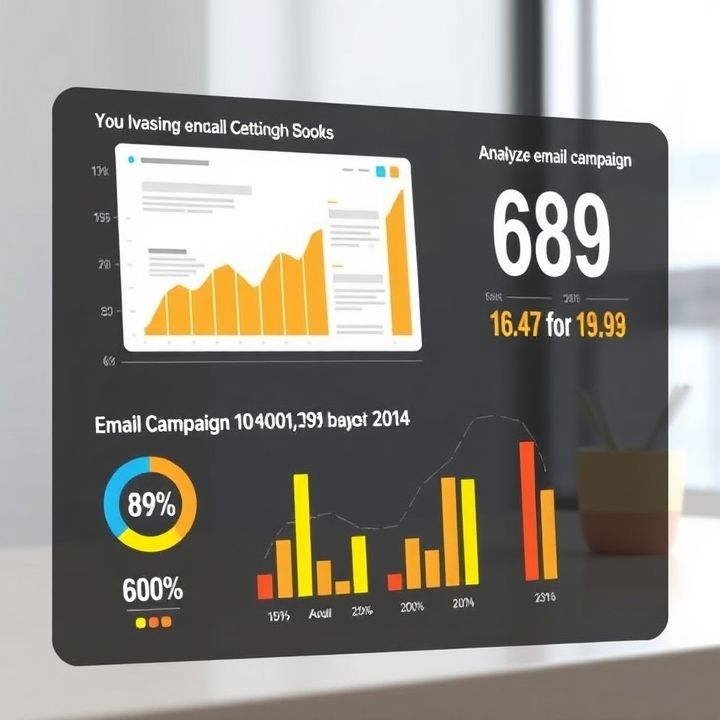Table of Contents
- Introduction
- Include Social Media Icons in Email Signature
- Add a Social Media Follow Call-to-Action (CTA) in Email Campaigns
- Highlight Exclusive Content and Offers on Social Media
- Run Social Media Contests and Giveaways Promoted through Emails
- Share User-Generated Content from Email Subscribers on Social Media
- Utilize Email Marketing to Tease Social Media Announcements
- Provide Incentives for Following on Social Media
- Feature Subscriber Spotlights on Social Media
- Conclusion
- Frequently Asked Questions
Introduction
Have you ever wondered how top marketers turn their email subscribers into loyal social media followers? It’s not magic, but it can feel that way when you see the results. If you’re keen to learn the secret techniques that industry experts use, you’re in the right place!
Imagine being able to leverage your email list to boost your social media presence effortlessly. Exciting, right? In this article, we will reveal the strategies that can transform your email subscribers into engaged social media followers.
Here’s a sneak peek at what you’ll discover:
| Technique | Benefit |
|---|---|
| Exclusive Content | Increases engagement |
| Personalized Messages | Builds stronger relationships |
| Effective Call-to-Actions | Drives immediate action |
Ready to unlock these secrets? Keep reading to elevate your marketing game!
Include Social Media Icons in Email Signature
Including social media icons in your email signature is an effective technique to encourage email subscribers to follow your brand on social media. This approach leverages the existing communication channel between your brand and your audience, subtly reinforcing the availability of social media platforms for further engagement. When you add social media icons linked to your profiles at the end of every email, it serves as a constant reminder for your subscribers.
The placement of these icons is crucial; they should be visible but not intrusive. Typically, they are best placed in the email signature alongside your name, title, and contact information. This non-aggressive method does not disrupt the primary message of your email but still offers a pathway for subscribers to connect with you on platforms like Facebook, Twitter, Instagram, and LinkedIn.
Moreover, make sure that these icons are clickable and lead directly to your social media pages. The easier you make it for your subscribers to follow you, the higher the likelihood they’ll do so. By making your social media presence easily accessible, you create more touchpoints for engagement, providing your audience with additional ways to interact with your brand.
Add a Social Media Follow Call-to-Action (CTA) in Email Campaigns
One effective technique to encourage email subscribers to follow your brand on social media is by incorporating a clear and compelling Social Media Follow Call-to-Action (CTA) in your email campaigns. This often involves adding visually appealing buttons or text links that invite recipients to connect with your brand on platforms such as Facebook, Twitter, Instagram, or LinkedIn. These CTAs should be prominently placed within the email—typically near the end of the content or within a section dedicated to social engagement. Moreover, the messaging should clearly articulate the benefits of following your brand, such as access to exclusive content, real-time updates, promotions, or engaging with a like-minded community. Ensuring that these CTAs are visually consistent with your brand’s aesthetics can also enhance their effectiveness. By strategically placing these CTAs in your email campaigns, you can seamlessly bridge your email marketing efforts with your social media strategy, fostering a more integrated and engaged audience.
Highlight Exclusive Content and Offers on Social Media
One effective way to encourage email subscribers to follow your brand on social media is by highlighting exclusive content and offers available only on those platforms. This creates a sense of urgency and excitement, making your subscribers feel that they are missing out if they don’t follow you. For example, you might promote special discount codes, flash sales, or early access to new products exclusively on your social media channels.
Additionally, you can share behind-the-scenes content, sneak peeks, or insider information that isn’t available through your email newsletters. Tantalizing your audience with unique and valuable content can significantly drive engagement and increase your social media following. Furthermore, interactive content such as live Q&A sessions, polls, or challenges can foster a sense of community and make followers feel more connected to your brand.
Make sure to clearly communicate these exclusive advantages in your email campaigns. You can do this by including direct links to your social media profiles and using strong calls-to-action that motivate your subscribers to click and follow. Consistently offering exclusive content and offers can transform your email subscribers into loyal social media followers.
Run Social Media Contests and Giveaways Promoted through Emails
One effective technique to encourage email subscribers to follow your brand on social media is by running social media contests and giveaways, which are promoted through emails. Contests and giveaways generate excitement and engagement, offering subscribers a tangible incentive to connect with your brand on social platforms. In your email, clearly communicate the contest rules, prizes, and the steps required to participate. Make sure the process is simple, such as following your social media account, liking a post, or sharing content. Utilize attention-grabbing subject lines and compelling visual content to ensure your email stands out in the inbox.
Additionally, highlight the benefits of following your brand on social media, emphasizing exclusive content, special offers, and real-time updates that subscribers won’t want to miss. By creating a sense of urgency and exclusivity, you can drive higher participation rates. Moreover, engaging with contest participants through comments, likes, and shares can boost your brand’s visibility and foster a community around your social media presence. This strategy not only increases your social media following but also enhances overall customer engagement and loyalty.
Share User-Generated Content from Email Subscribers on Social Media
One effective technique to encourage email subscribers to follow your brand on social media is by sharing user-generated content. User-generated content (UGC) can include images, reviews, and testimonials that your subscribers have shared with your brand. By showcasing this content on your social media platforms, you not only acknowledge and appreciate your community but also create a sense of authenticity and trust.
Start by encouraging your email subscribers to submit content related to your products or services. This can be facilitated through a call-to-action in your emails, asking them to share their experiences on social media using a specific hashtag. Highlight that their content may be featured on your official social media accounts.
Once you receive user-generated content, share it on your social media channels and tag the subscriber. This not only boosts engagement but also motivates other subscribers to follow your brand on social media for a chance to be featured. Celebrating your subscribers in this way builds a stronger community and reinforces the connection between your email content and social media presence.
Utilize Email Marketing to Tease Social Media Announcements
Email marketing is a powerful tool that can effectively drive your subscribers to your social media platforms. One impactful technique is to use email campaigns to tease upcoming announcements that will be revealed exclusively on social media. This creates a sense of anticipation and urgency among your subscribers. For instance, you can send an email hinting at a major product launch, special offers, or behind-the-scenes content without giving away too much detail. Include phrases like ‘Stay tuned on our Instagram for the big reveal!’ or ‘Follow us on Facebook to get the first look.’
Another strategy is to provide a snippet or a teaser of the content that will be posted on your social media channels. This could be a sneak peek of an upcoming video, a hint about a contest, or an exclusive discount code. By providing just enough information to pique their interest, you encourage subscribers to follow your brand on social media for more details. Additionally, having clear, visually appealing social media buttons within your emails can make it easier for subscribers to connect with you on various platforms.
Provide Incentives for Following on Social Media
One effective technique to encourage email subscribers to follow your brand on social media is by providing incentives. People are more likely to take action when they see a tangible benefit. Offering exclusive discounts, special promotions, or access to premium content can be a powerful motivator.
For instance, you can create a campaign where subscribers receive a discount code once they follow your brand on platforms like Instagram or Twitter. Additionally, organizing social media-exclusive giveaways can create excitement and engagement. Announcing that followers on social media get early access to sales or new products can also drive more subscribers to follow your social accounts.
Another approach is to provide valuable content that is only available on your social media channels. This could include expert tips, behind-the-scenes looks, or interactive content such as live Q&A sessions. Highlight these incentives in your email newsletters to entice your subscribers to connect with you on social media.
By combining these incentives with clear calls-to-action and easy-to-follow instructions, you can effectively bridge the gap between your email subscribers and your social media presence, creating a more engaged and loyal audience.
Feature Subscriber Spotlights on Social Media
Featuring subscriber spotlights on social media is an effective way to encourage email subscribers to follow your brand. By showcasing your subscribers, you not only make them feel valued but also create a sense of community. This strategy highlights your appreciation for their support and encourages them to engage with your brand on various platforms.
You can start by selecting loyal or influential subscribers who have shown a consistent interest in your content. Feature their stories or accomplishments in a dedicated post, tagging them to provide proper credit. This not only boosts their visibility but also increases the likelihood that they will share your post, exposing your brand to a wider audience.
Additionally, consider incorporating user-generated content, such as reviews or photos showcasing your products in use. This authentic content serves as social proof, making your brand more relatable and trustworthy. Including a call-to-action in your spotlights, inviting other subscribers to follow your social media channels for a chance to be featured, can create a buzz and drive further engagement.
Overall, subscriber spotlights foster a deeper connection with your audience, making them more inclined to follow and connect with your brand on social media.
Conclusion
Transforming email subscribers into social media followers is an essential strategy for today’s marketers. By incorporating various techniques like including social media icons in your email signature, adding compelling CTAs, and highlighting exclusive content and offers on social media, you can create a seamless bridge between your email and social media platforms. Running contests, showcasing user-generated content, teasing announcements, providing incentives, and featuring subscriber spotlights further enhance this integration. Consistent application of these strategies can lead to a more engaged and loyal audience, effectively increasing your social media following while maintaining a cohesive brand presence across multiple channels. Start implementing these proven techniques today to unlock your brand’s full potential!















